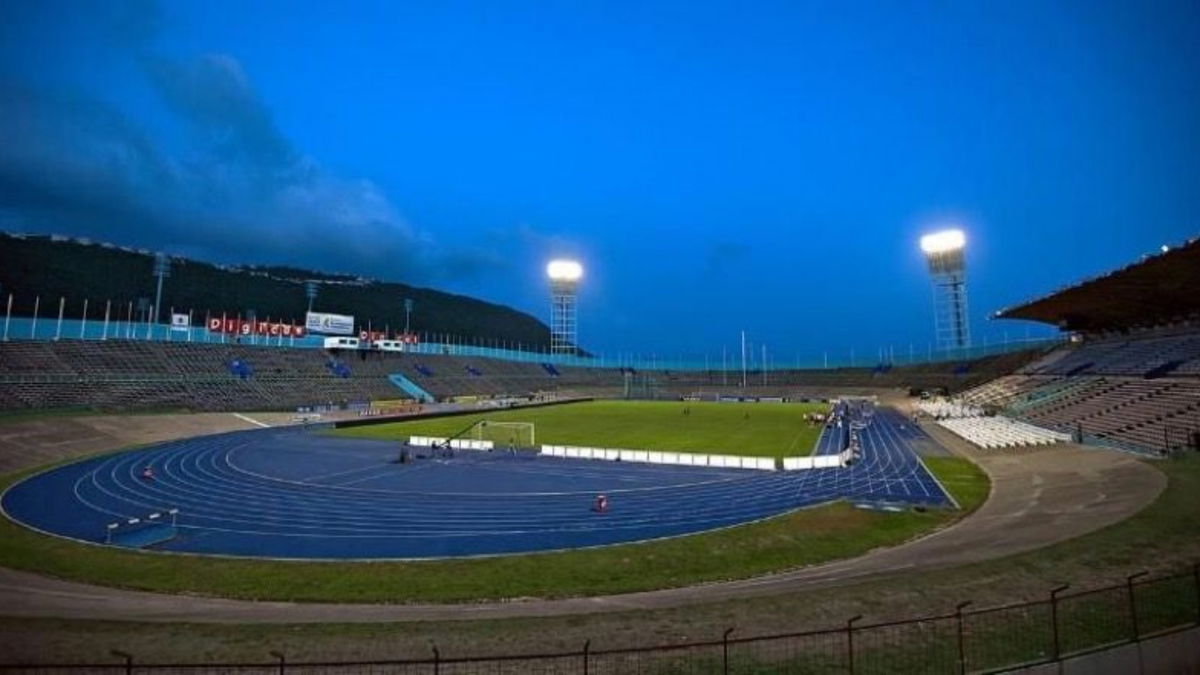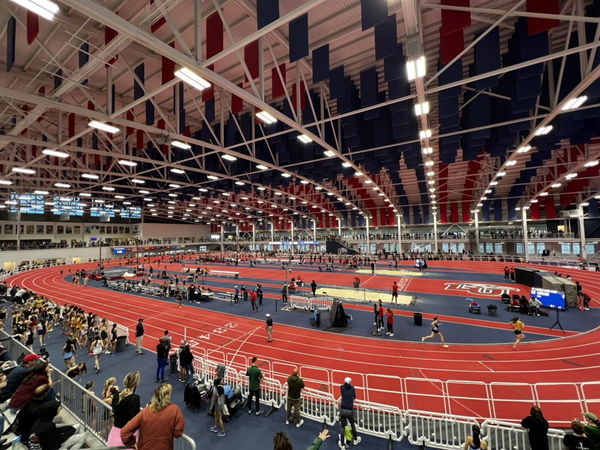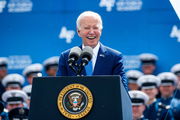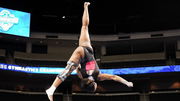
Imago
Credits: Instagram

Imago
Credits: Instagram
The rhythm of competition at Savannah State University was interrupted Wednesday as a sudden decision from USA Track and Field put a halt to the ongoing Junior Olympic Championships. Just days into the national meet, where over 7,000 youth athletes had descended on Ted Wright Stadium, rising temperatures forced officials to take unprecedented action. What began as a week of high-energy performances has quickly shifted into a logistical challenge centered on athlete safety.
The announcement came midday, when organizers issued a notice confirming that all events would be paused due to extreme heat. With heat indexes climbing to hazardous levels, the decision was made in consultation with safety personnel, medical teams, and local coordinators. Though the move was not taken lightly, officials emphasized that the health of the athletes could not be compromised.
“This is a progressive meet,” explained Sarah Austin of USA Track and Field (USATF) earlier in the week. “These kids have worked their way up from their home associations, through regional qualifiers, and now to the national stage. You have the most competitive athletes in each age group here in Savannah.” The pause in action, however, has cast a shadow over what was expected to be a seamless showcase of youth talent from every state in the country.
ADVERTISEMENT
Behind the scenes, logistical efforts had been extensive. More than 20 pallets of water had been delivered to the venue, with cooling tents equipped with industrial fans and misting units strategically placed throughout the facility. Sarah Austin with USA Track and Field said, “We’ve got Gatorade out here sampling their product and giving that to each one of the athletes. You did mention the tents where we’ve got fans going, industrial fans as well as mister fans in there.”
Due to the extreme heat and in the interest of athlete safety, we have paused events at the 2025 USATF National JOTF Championships. We will provide updates as they become available.
— USATF (@usatf) July 22, 2025
For the city of Savannah, the event’s interruption is not only a sporting concern but an economic one. Jeff Hewitt, chief sales officer for Visit Savannah, projected a $15 million impact from the championship week, including over $5 million in hotel revenue alone. With the event now temporarily paused, stakeholders await updates from USATF regarding revised schedules and potential contingencies.
ADVERTISEMENT
As for the weather, for now, with temperatures going up to 98 degrees at the end of July, it continues to be a hot summer. Forecasts predict it will be warmer than usual autumn, with things starting to cool by the end of September.
The championships are currently on hold, with USA Track and Field expected to release further information as conditions evolve. Until then, the athletes, coaches, and families must wait, caught between months of preparation and an unpredictable stretch of Southern summer.
ADVERTISEMENT
Oakland and Idaho teens chase growth and glory at USATF Junior Olympics
Beneath the Georgia summer sun, two unlikely clusters of youth—one from East Oakland, the other from Idaho’s Treasure Valley—have converged in Savannah with more than competition on their minds. For many among the twelve athletes representing East Oakland Track Gems, and the three high school competitors from Idaho, the 2025 USATF National Junior Olympic Track and Field Championships offer something rare: the promise of movement, of discovery, and perhaps of permanence in a sport that demands both discipline and daring. And it is one of the leagues that big names like Quincy Wilson have participated in before.
ADVERTISEMENT

“This is our third consecutive year, so at this point, I now foresee that we’re going to go every year,” said Traivon Soto Johnson, who oversees the East Oakland team. The nonprofit organization, focused on mentoring youth through track and field, has grown both in numbers and ambition. With a dozen athletes qualifying this season, up from five in the past two years combined, the team has established its most formidable presence yet. Their sessions, which ran weekday evenings leading up to the meet, reflected the same sense of earnest preparation that guided their fundraising campaign: a $10,000 goal to cover basic travel costs, more than half of which had already been met.
ADVERTISEMENT
Yet medals were never the primary metric. “It’s not always about getting on the medal stand because it’s also about the experience,” Soto Johnson remarked. The remark captures the broader value these trips hold, particularly for those unaccustomed to travel or collegiate environments. Whether arriving from California or Idaho, these young runners are not merely here to race. They are, in a quiet but undeniable way, rehearsing for a life beyond their hometowns.
Top Stories
J. J. McCarthy Awaits Punishment From Vikings After Rejecting Kevin O’Connell’s Instructions

Andy Reid Announces Patrick Mahomes’ Injury Diagnosis as Chiefs HC Doesn’t Hold Back After Playoffs Elimination

Patrick Mahomes Doesn’t Hold Back in Emotional Statement After Chiefs QB’s Troubling Knee Injury Update

Dale Jr. Warns of Deeper Issues as Joe Gibbs Parts Ways With Decade-Long Executive

Former US President Joe Biden Keeps a Clear Demand to Eagles Owner Amid Jalen Hurts’ Struggles

Ex-Georgia Gymnastics Star Opens Up On Facing Mistreatment Months After NCAA Program Switch

ADVERTISEMENT
ADVERTISEMENT
ADVERTISEMENT

